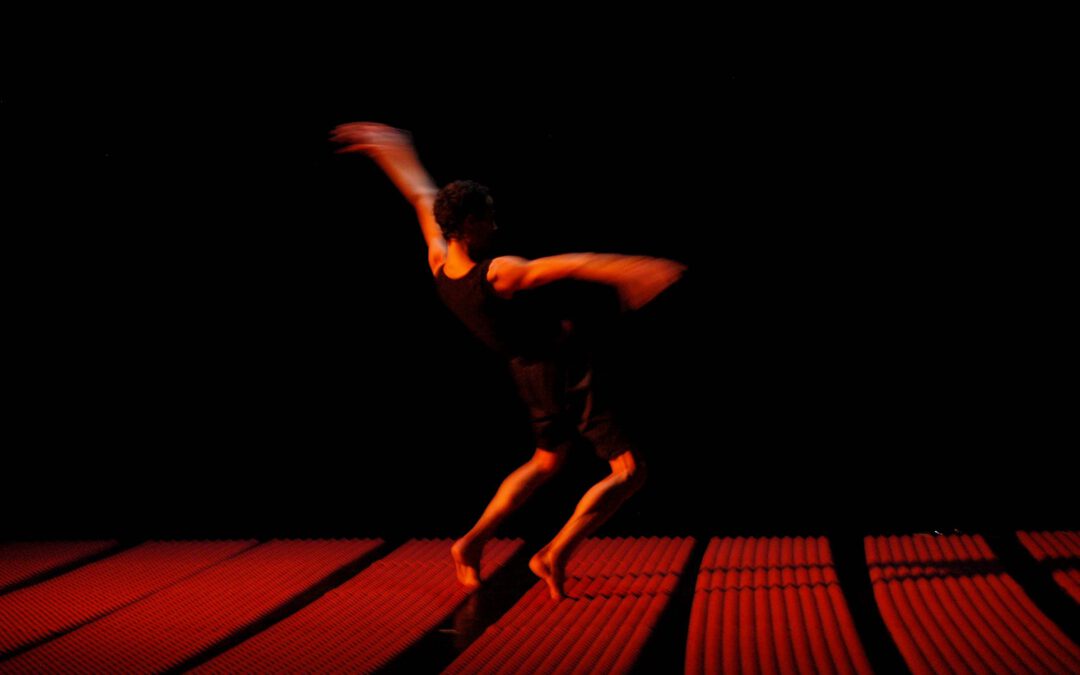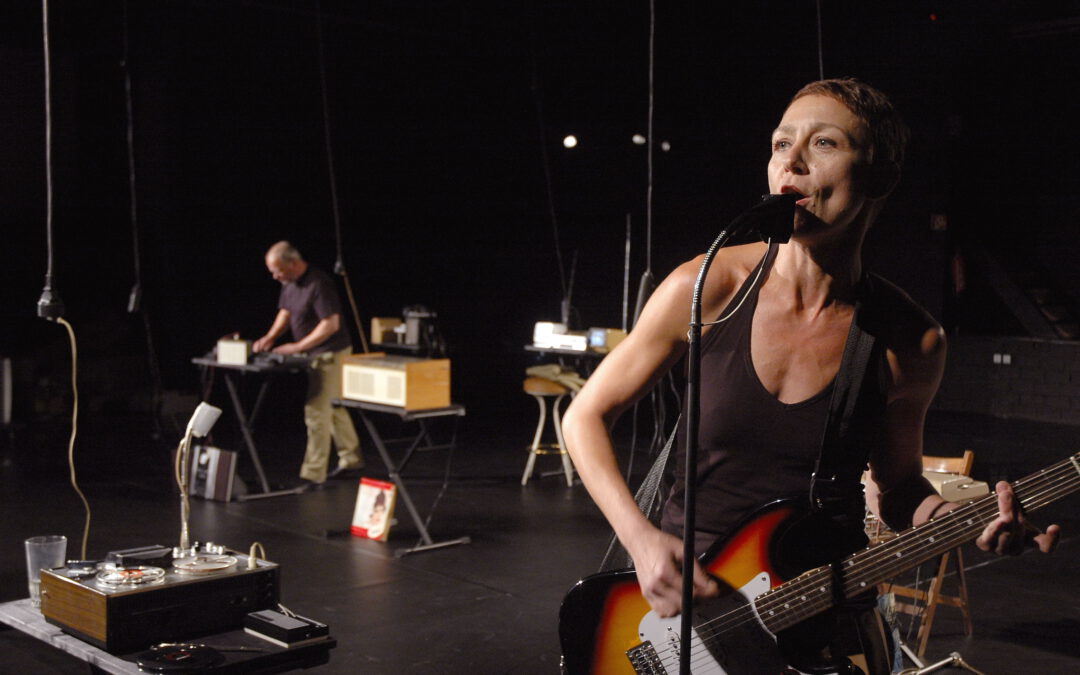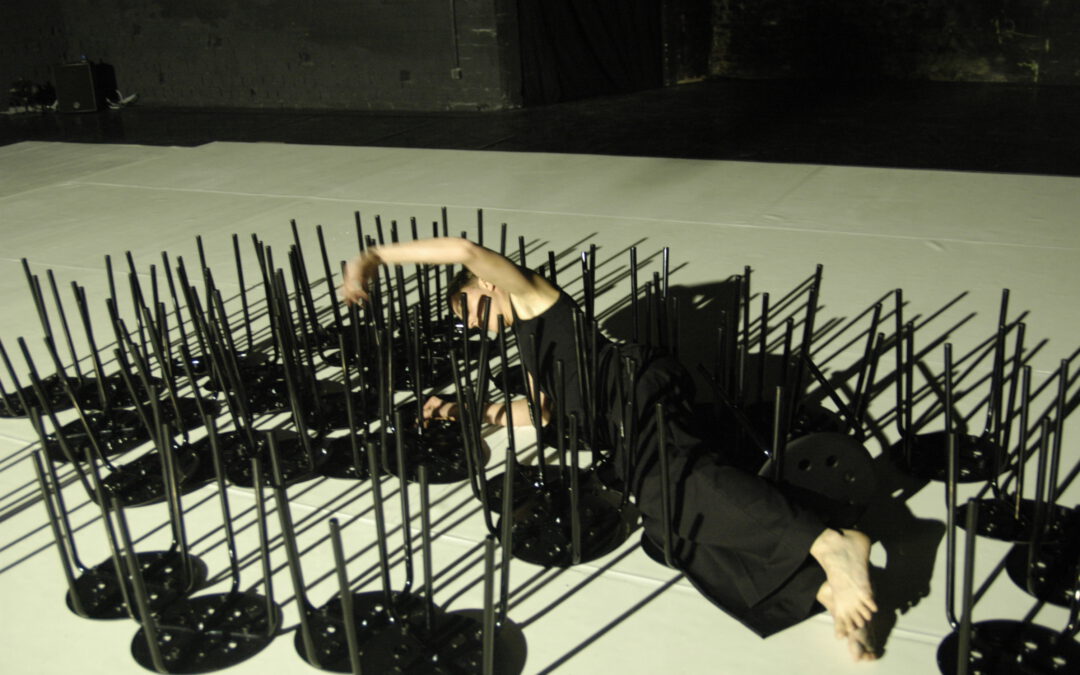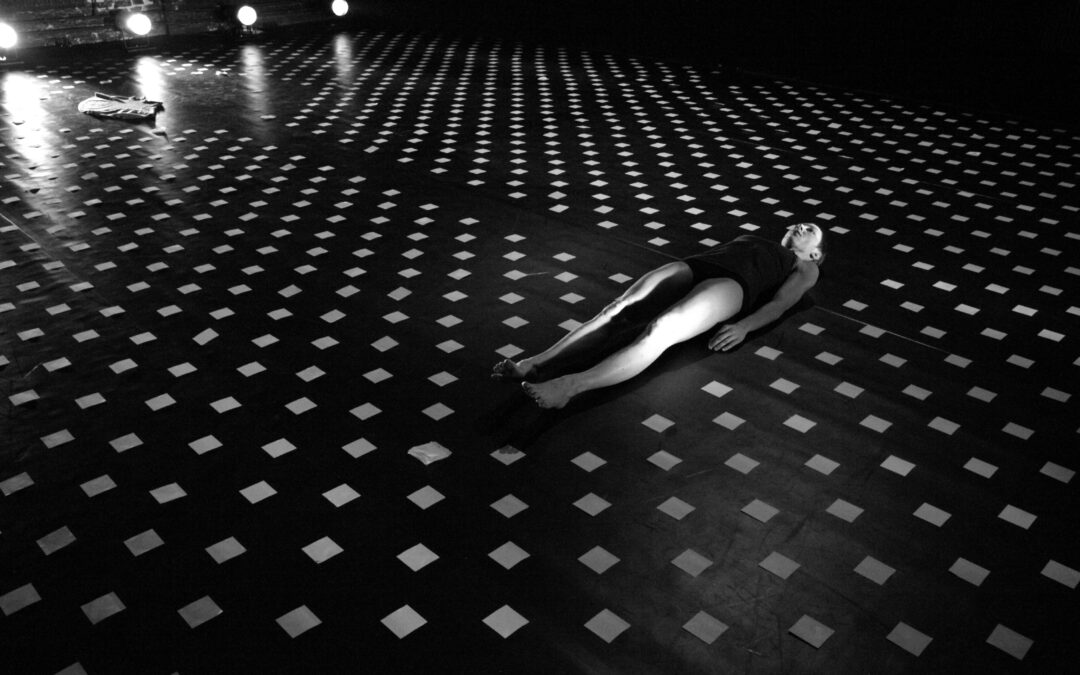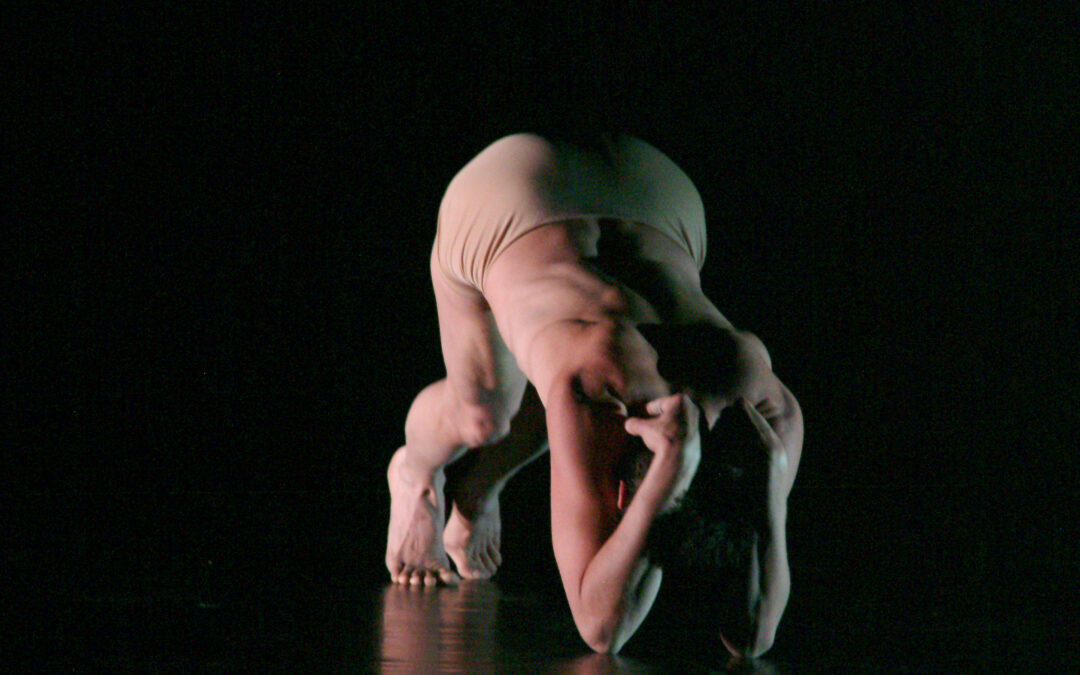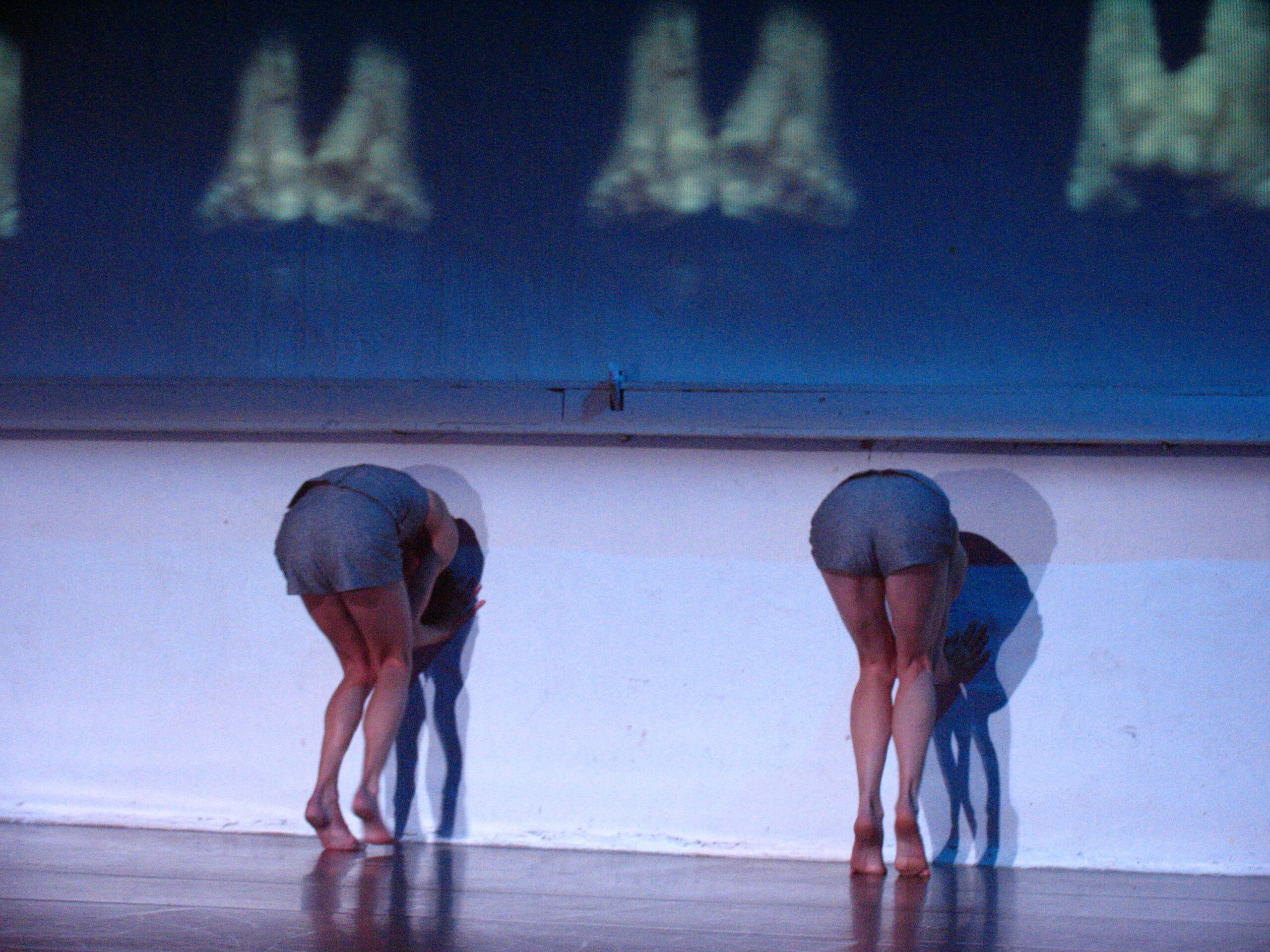“Eavesdropping affair Winkler” is a fictional tone and body portrait of a dancer. The – apparent – target person of the eavesdropping is the dancer Erika Winkler. She moves in an acoustically-theatrical space that oscillates between intimacy and public. The audience get a bead on the lead actress not “only” visually but also acoustically.
The Eavesdropping affair is determined by the actors: Erika Winkler as overheard – Barbara Fuchs and Jörg Ritzenhoff as eavesdroppers – the audience as the sound voyeuristic.
The coordinates of space, acoustics and identities are moved by the actors in the course of the Eavesdropping affair. The ratio of voice, body sounds and identity is explored through alienation and blending of documentary and fictional (sound and movement) material, mixed and placed in new relationships.
In the end remains the question: Who is saving whom under surveillance, eavesdropping or staged? Was the audience sound voyeuristic or only a witness in planning an Eavesdropping affair, of it is not clear to whom it concerns …? Maybe Google can help us?
The premiere of “Evesdropping affair” took place on 22. October 2010 at Barnes Crossing, Cologne.
TEAM
Concept & Idea: Jörg Ritzenhoff/ Barbara Fuchs
Leading Actor: Erika Winkler
Direction/ Choreography: Barbara Fuchs
Sound & Music: Jörg Ritzenhoff
Photo: Wolfgang Weimer
“Eavesdropping affair Winkler” is a tanzfuchs PRODUKTION is coproduced by Barnes Crossing, Cologne and with the support of the Summerresidency-programm of the tanzhaus nrw, Düsseldorf.
Supported by Kulturamt der Stadt Köln, Ministerpräsidenten des Landes Nordrhein-Westfalen, Förderprogramm der Sparkasse KölnBonn, SK Stiftung.
Press Quotes:
Thomas Linden, Kölnische Rundschau, 29.10.2010
[…] Jörg Ritzenhoff and Barbara Fuchs deliver an encouraging experimental set-up. They lead this experimental set-up with a trace that can open new artistic spaces in dance. The acoustic as a part of the body is a full fascination. […]
Nicole Strecker. Kölnerstadtanzeiger, 26.10.2010
[…] Eavesdropping affair Winkler” by the choreograph Barbara Fuchs and the composer Jörg Ritzenhoff is a careful listening of space and body sounds. It is grandiose how the sounds from Ritzenhoff’s sound- concept creep into the room, how a whistling can be reinforced by the curved microphones placed in the air in a way that it sounds as if there was a hurricane above the audience. With admirable but also cautiously exhausting consistency, the three artists give us an idea, with their bugging and through the listening, of the personality injuries. […]
